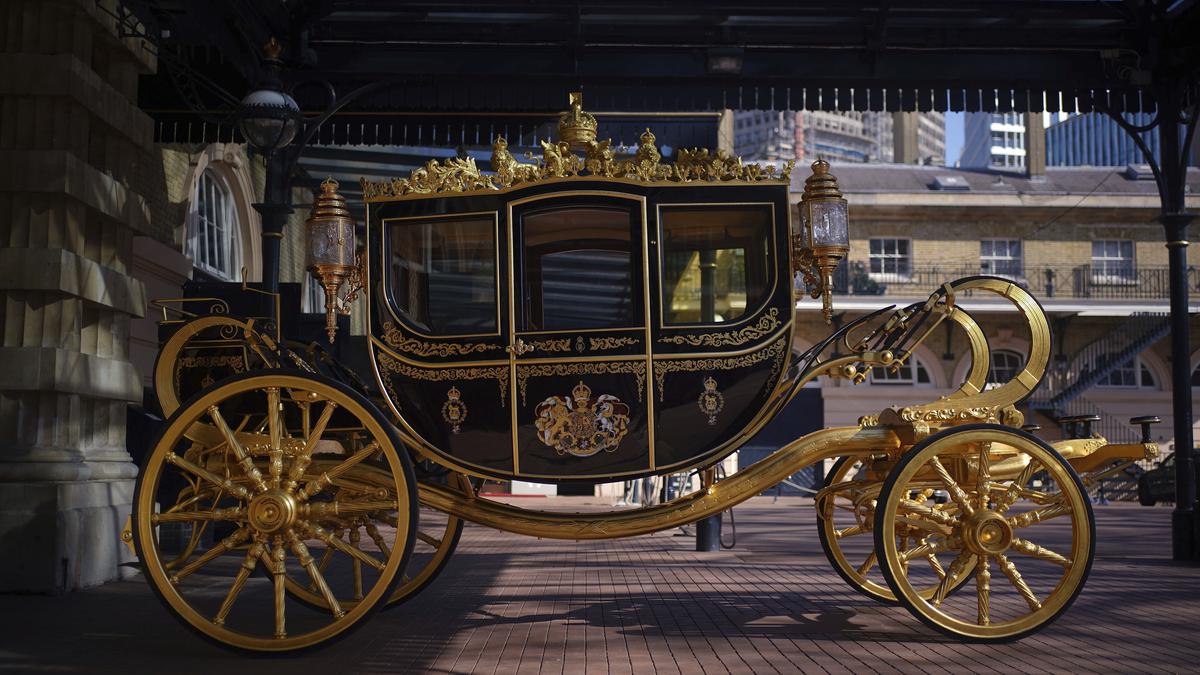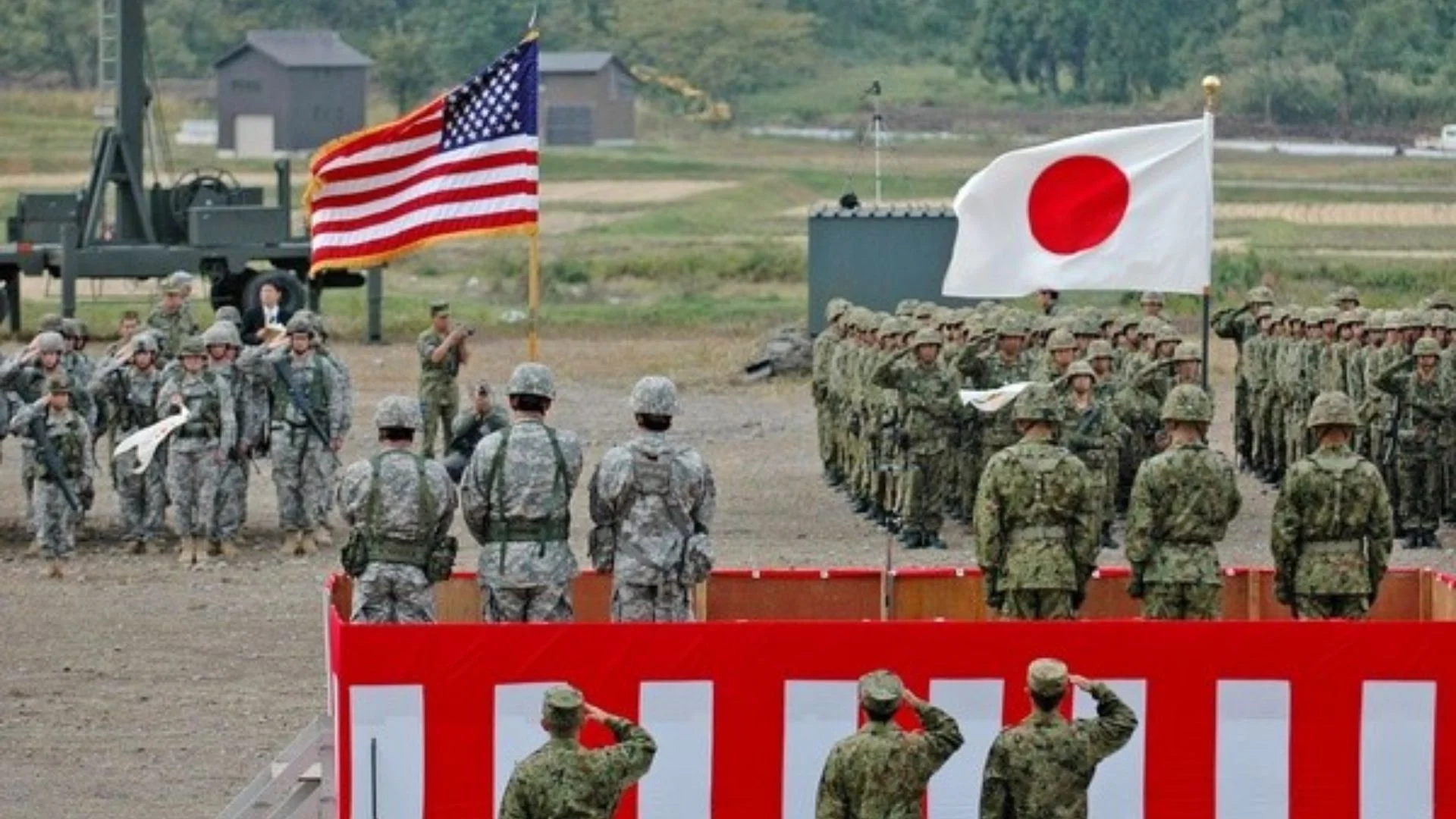
Britain’s royal family has revealed new details about King Charles III’s coronation next month with information on processional routes, carriages, and coronation regalia and unveiled a new emoji to mark the ceremony that will be less elaborate than the one staged in 1953 for his mother.
Charles, 74, who immediately became king when Queen Elizabeth II died last September after her record-breaking 70-year reign, will be formally crowned on May 6.The coronation will take place almost 70 years after the last Coronation of Queen Elizabeth II in June 1953.Buckingham Palace on Sunday revealed further details ahead of the coronation.
The new British sovereign will be crowned alongside his wife, Camilla, in a deeply religious service at Westminster Abbey.On the morning of the May 6, the King and Queen Consort will travel from Buckingham Palace in The King’s Procession to Westminster Abbey in the Diamond Jubilee State Coach. Created for Queen Elizabeth II to commemorate the 60th anniversary of Her late Majesty’s reign in 2012, the coach has only ever conveyed the Sovereign, occasionally accompanied by the consort or a visiting Head of State.
The Australian-built Diamond Jubilee State Coach IS the newest of the royal carriages, the BBC reported. This looks traditional, but is actually modern, with air conditioning, electric windows and up-to-date suspension.
“It’s made of aluminium, which is quite unusual, because most of them are made of wood, and it’s also got hydraulic suspension, meaning that the ride is incredibly comfortable,” says Sally Goodsir, curator at the Royal Collection Trust.
The King’s Procession, accompanied by The Sovereign’s Escort of the Household Cavalry, will depart Buckingham Palace through the Centre Gate, and proceed down The Mall, passing through the Admiralty Arch and south of King Charles I Island, down Whitehall and along Parliament Street.
The King’s Procession will travel around the east and south sides of Parliament Square to Broad Sanctuary to arrive at the Sanctuary of Westminster Abbey, where the Coronation Service will begin at 11 o’clock. The King and the Queen will return to the palace in the traditional – but notoriously uncomfortable – Gold State Coach, used in every coronation since the 1830s. Upon returning to Buckingham Palace following the Coronation Service, Their Majesties will receive a Royal Salute from the United Kingdom and Commonwealth Armed Forces who have been on parade that day. The Royal Salute will be followed by three cheers from the assembled service personnel, as a tribute from the Armed Forces on parade to The King and The Queen..
Charles will exchange it for St Edward’s Crown at the end of the service. Made of solid gold and trimmed with ermine and velvet, it is famously heavy – weighing more than five pounds (2.23kg).
In addition to the new details on processional routes, carriages and coronation regalia, a new emoji has even been designed to mark the celebrations. Based on St Edward’s Crown, it will appear on Twitter when coronation hashtags are used over the holiday weekend.















